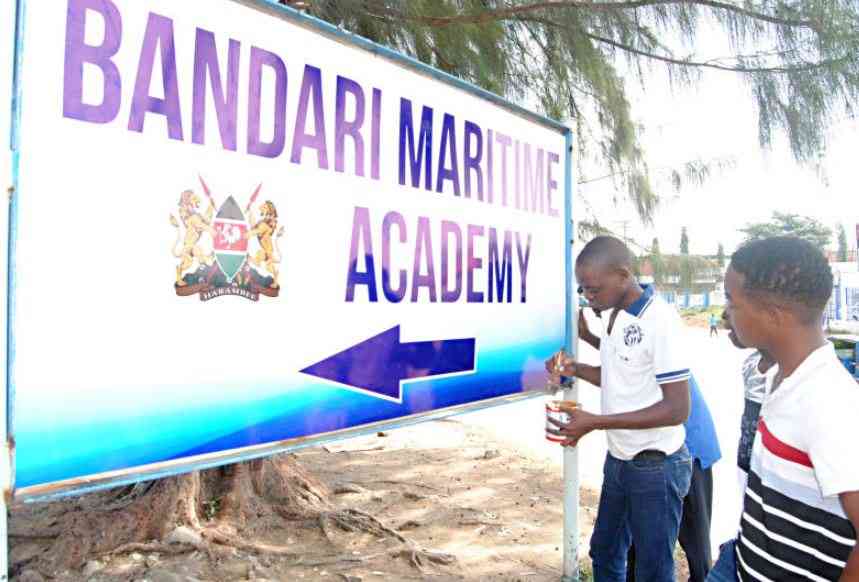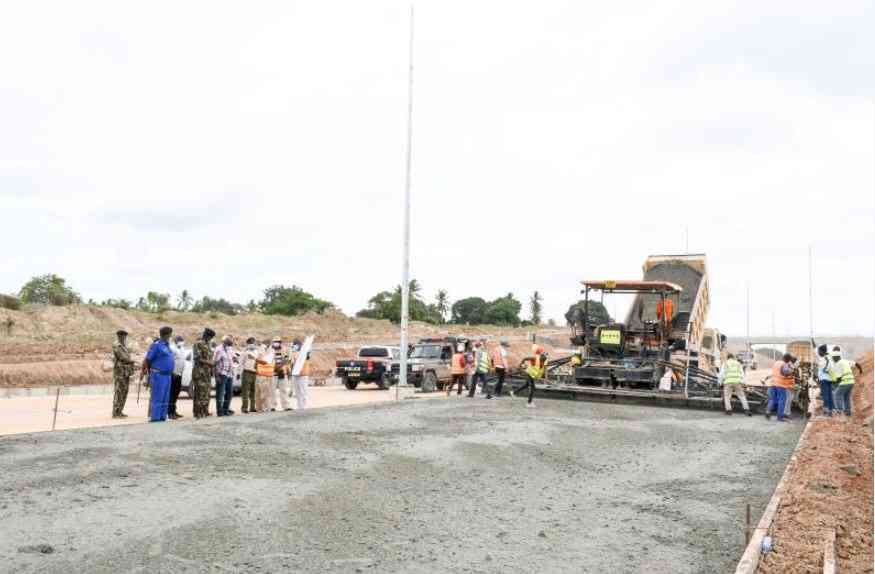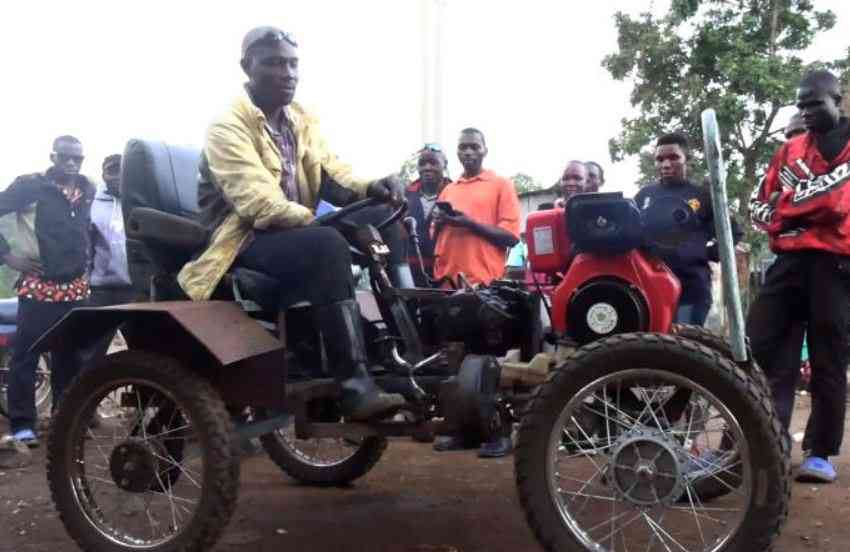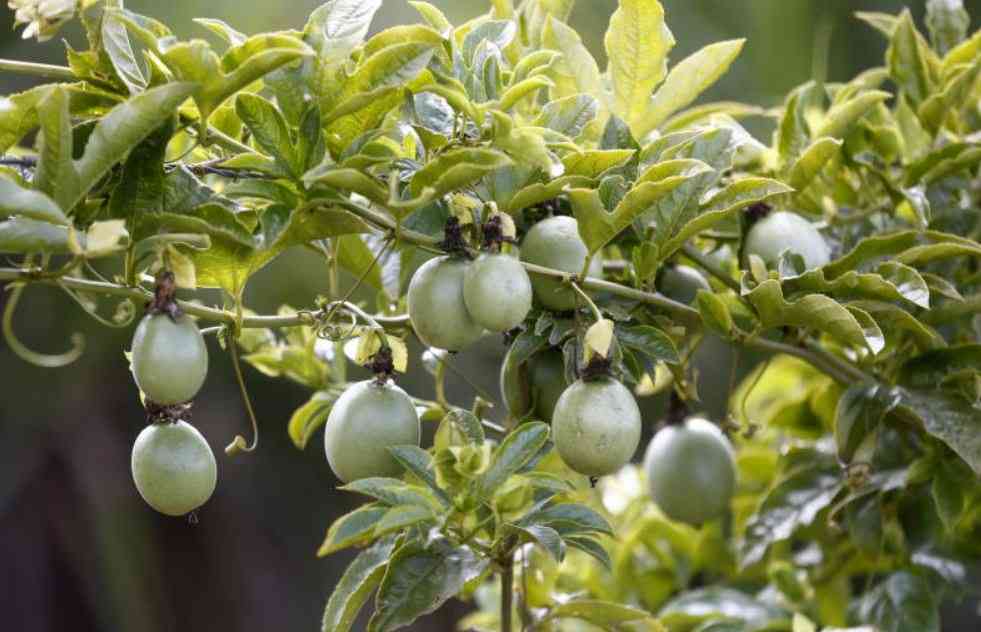Farm that sees further: Foresight chooses feathers over cattle horns
While cattle ranching faces limits and farmers fight against drought, this farm produces more protein for every drop of water, square metre of land and kilogramme of feed.
Enterprise








